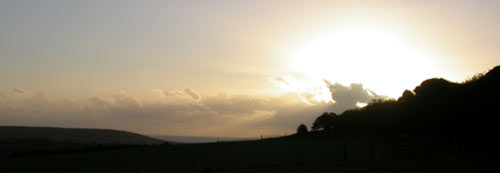 |
Way
of Council
"Council seeks to engender truth and transparency by addressing our views and fears as they arise and open a space to communicate our needs from a position of equality and co-operation." Council for whatever stage and process current – from beginnings, optimal growth, endings and transformations… Council is re-emerging in school and education, clinics, companies, teams, families, personal partnerships, and in community development, justice and peace-work.
Council is versatile in forms and fields that promote visioning, leadership, conscious communication, mentoring and reflection, collective wisdom, decision making, honouring achievement, management and much more. A similar process as with meditation, Council entrains coherence in heart and mind to joint collaboration, health and well-being. Preparing the ground for decision-making and conflict exploration through council often resolves challenges without the need for 'fixing', creating space for examination of the field of enquiry from many perspectives listening to a bigger picture than one's own part. ––––––––––––– “In the West when we want to emphasise a point we may quote an important authority. In traditional societies, personal experience, what a person has actually seen or done or heard in the bush or during a dream or vision, is considered to be the most valuable form of knowledge. When Native Elders want to make a point they do not contradict or argue things out as we would: they tell a personal story and leave their audience to make the necessary connections and understand how the story illustrates and illuminates the issue in question" – David F Peat – Blackfoot Physics |
|
|---|---|---|
In a nutshell Council is a very successful human social technology derived from the circle of life, tested over millennia. What does it look like? We know it in an elementary form
from youth, sitting around a campfire listening to stories. Indigenous people recognise it as core practice for community relating in matters social, health, governance and more. Council
was used as a central practice for governance in the Iroquois
Confederacy, an 800-yr old constitution within a league of
six Native American nations. It was adopted by Thomas Jefferson
in part for the US constitution |
|
|
